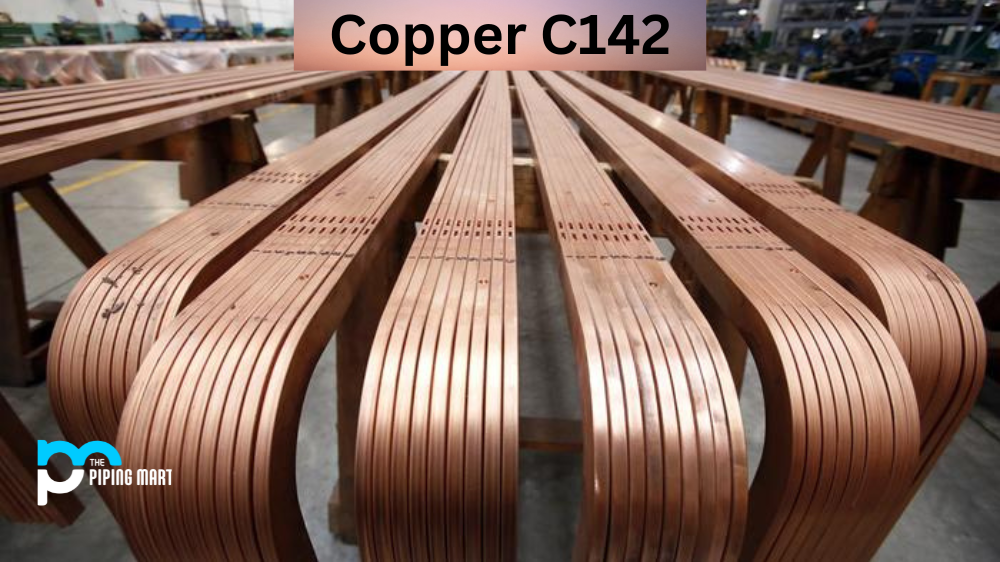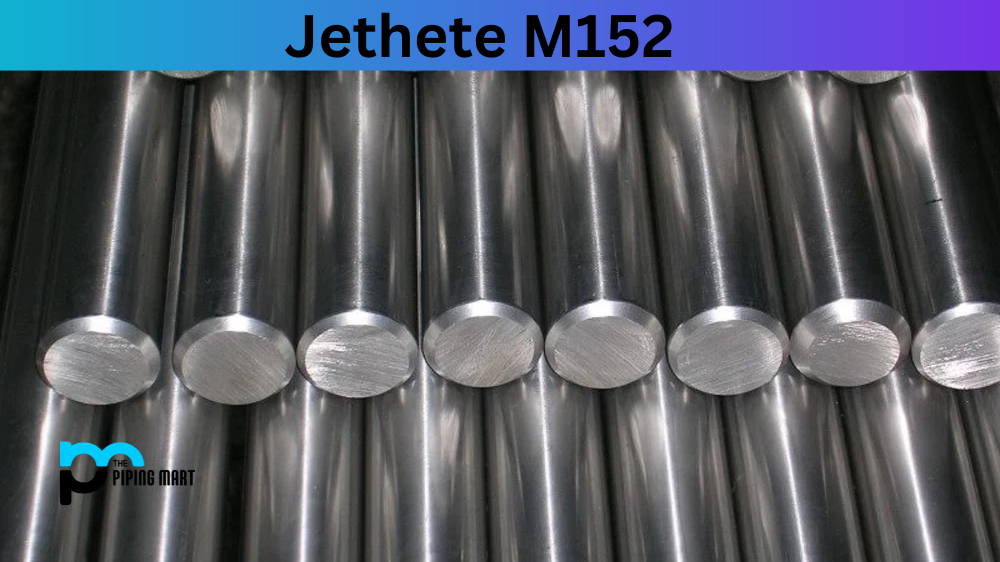If you are into producing or using high-temperature and corrosion-resistant alloys, Nimonic 263 should ring a bell. This ultimate guide will explore Nimonic 263’s composition, properties, uses, heat treatment, machining, and welding.
What is Nimonic 263?
Nimonic 263 is a nickel-chromium-cobalt alloy with excellent high-temperature properties, making it an ideal material for gas turbine components, jet engine exhaust systems, and industrial heating equipment.
Nimonic 263 Composition
Nimonic 263 is an age-hardenable nickel-based alloy comprising 20% chromium, 20% cobalt, 6% aluminium, 1.5% manganese, 0.3% titanium, 1.5% iron, 0.2% carbon, 0.5% silicon, and 0.08% sulfur. Combining these elements gives this alloy unique properties, making it suitable for high-temperature applications.
| Element | Content (%) |
|---|---|
| Nickel, Ni | 49 |
| Cobalt, Co | 19-21 |
| Chromium, Cr | 19-21 |
| Molybdenum, Mo | 5.60-6.10 |
| Titanium, Ti | 1.90-2.40 |
| Iron, Fe | 0.70 |
| Manganese, Mn | 0.60 |
| Aluminum, Al | 0.60 |
| Silicon, Si | 0.40 |
| Copper, Cu | 0.20 |
| Carbon, C | 0.040 – 0.080 |
| Boron, B | 0.0050 |
| Sulfur, S | 0.0070 |
Nimonic 263 Mechanical Properties
Nimonic 263 has several beneficial mechanical properties, including high strength, high creep resistance, and excellent fatigue resistance at temperatures up to 760°C. It has a tensile strength of 970 MPa (141 ksi), yield strength of 630 MPa (91 ksi), and an elongation of 20%.
| Properties | Metric | Imperial |
|---|---|---|
| Tensile strength (precipitation hardened, value at room temperature) | 940 MPa | 136000 psi |
| Yield strength (@strain 0.200%, precipitation hardened, value at room temperature) | 550 MPa | 79800 psi |
| Elongation at break (precipitation hardened) | 39% | 39% |
Nimonic 263 Physical Properties
Nimonic 263 has a density of 8.36 g/cm3, with a melting point of 1340-1380°C. It has a thermal expansion coefficient of 12.7 µm/m°C, a thermal conductivity of 11.3 W/m°C, and a specific heat capacity of 0.46 J/g°C.
| Properties | Metric | Imperial |
|---|---|---|
| Density | 8.36 g/cm³ | 0.302 lb/in³ |
| Melting point | 1300-1355°C | 2370-2471°F |
Nimonic 263 Equivalent
- AMS 5872
- AMS 5886
- DIN 2.4650
Nimonic 263 Uses
Nimonic 263 has an extensive range of uses, primarily for high-temperature applications. For instance, it is ideal for gas turbine components, such as compressor discs, turbines, combustion chambers, and afterburners. It is also helpful in jet engine exhaust systems, industrial heating equipment, and heat treatment fixtures.
Nimonic 263 Corrosion Resistance
Nimonic 263 has excellent corrosion resistance properties, making it suitable for tough environments like aerospace and marine applications. It maintains its oxidation and corrosion resistance even in sulfuric and hydrochloric acids.
Nimonic 263 Heat Treatment
Nimonic 263 is an age-hardening alloy manufactured by various heat treatment processes. The solution annealing process ensures complete homogenization, while the age-hardening process produces the alloy’s final strength. Nimonic 263 can be heat-treated by precipitation hardening or solution annealing processes, which improves its mechanical strength and enhances its creep resistance.
Nimonic 263 Machining
Nimonic 263 is a challenging material to machine due to its high strength and hardening properties. It is crucial to use high-quality tool insertions to ensure a smooth and precise finish. With the right tools and cutting fluids, Nimonic 263 can be easily machined.
Nimonic 263 Welding
Nimonic 263 can be welded using different welding techniques, such as gas tungsten arc welding (GTAW), gas metal arc welding (GMAW), and plasma arc welding (PAW). However, it is essential to prepare the alloy adequately before welding and avoid overheating, which can lead to severe cracking.
Conclusion
Nimonic 263 is a nickel-chromium-cobalt alloy with superb high-temperature properties, making it ideal for harsh environments. Its high strength, creep resistance, and excellent resistance to corrosion make it a popular choice in aerospace, marine, and industrial heating equipment. Nimonic 263’s unique composition and mechanical properties make it a challenging material to machine and weld, but it is still achievable with the proper techniques and tools. We hope this ultimate guide has given you an insight into Nimonic 263 and its characteristics.

Abhishek is a seasoned blogger and industry expert, sharing his insights and knowledge on various topics. With his research, Abhishek offers valuable insights and tips for professionals and enthusiasts. Follow him for expert advice on the latest trends and developments in the metal industry.




